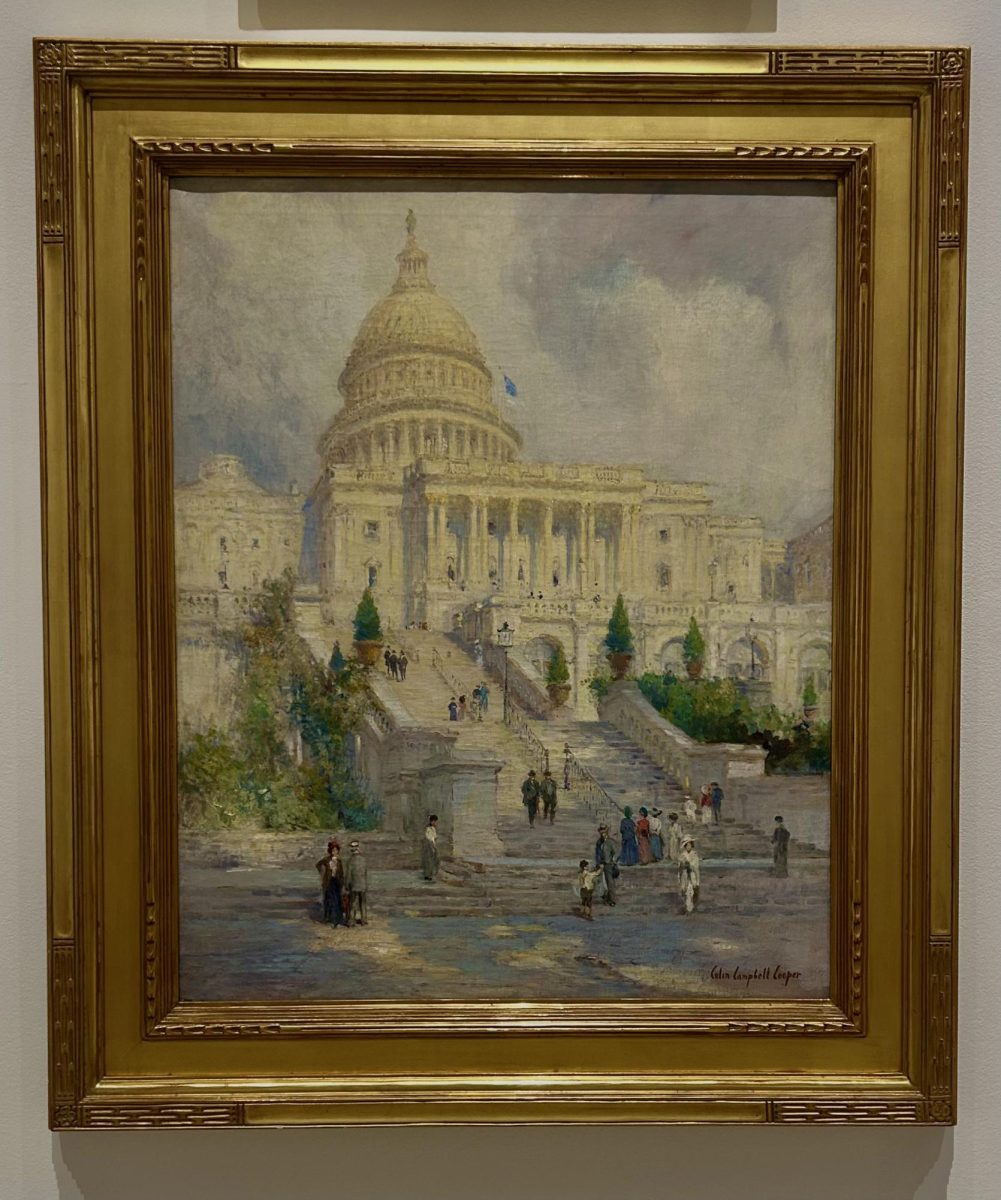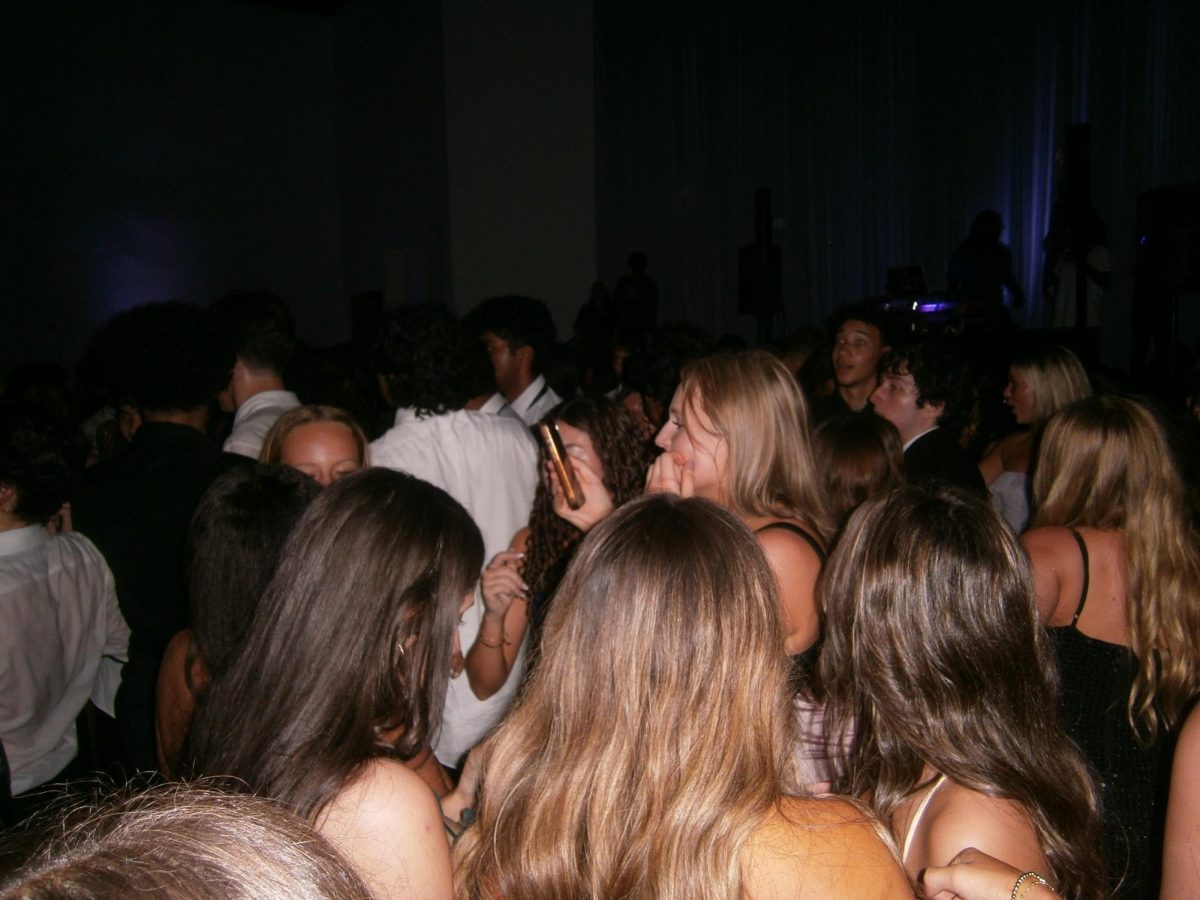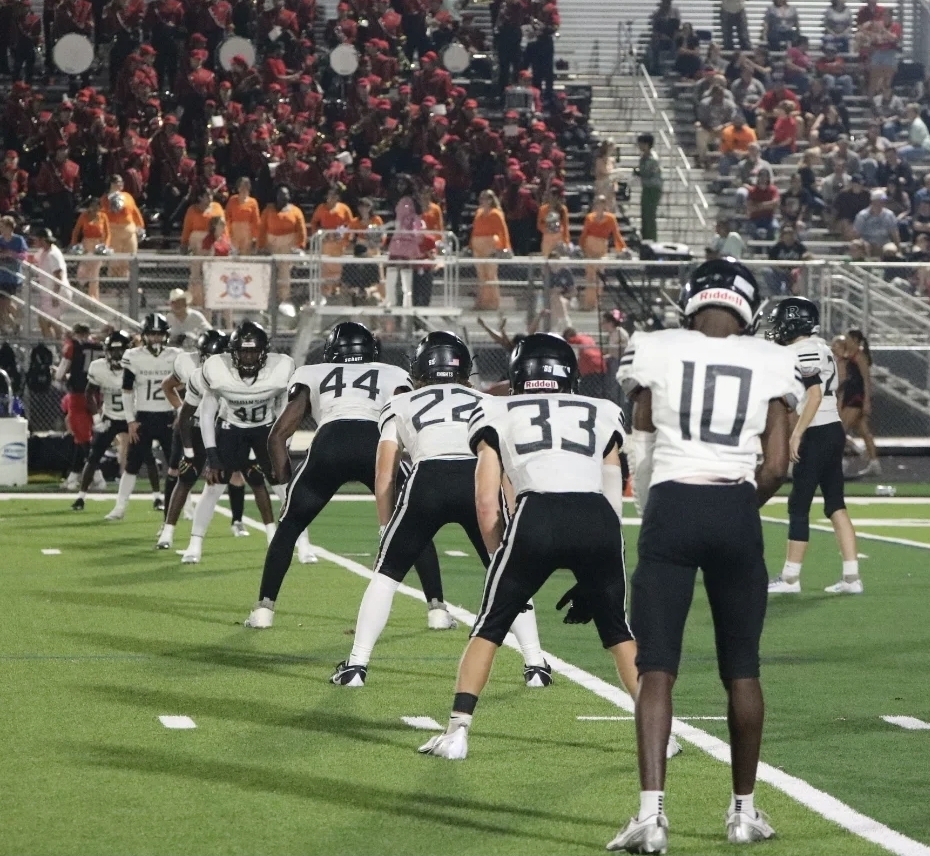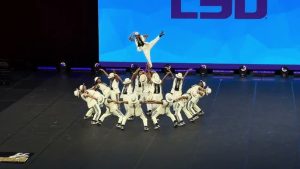Modern Barbies for Modern Times
Photo I. Hanewicz
Barbies will now come in different shapes and sizes to represent a more diverse group of girls.
February 3, 2016
For decades Barbie has set the standard for how young girls view themselves. Over the years, Barbie upgraded their dolls to include different demographics and careers, but for the most part the dolls portrayed an unrealistic expectation of body type and facial features.
Little girls play with Barbies and imagine their future, but having Barbies possess the look of a tall, extremely thin, and, for the most part, blond, big-eyed and gorgeous girl can send the message to young girls there is only one type of beautiful.
Lately, Mattel Inc., the maker of Barbie, has been under scrutiny because how under-represented many demographics and beauty ideals are in the Barbies. In response to this, the toy maker announced a new Barbie campaign including all different body types.
“Barbie is announcing the expansion of its Fashionistas® line with the addition of three new body types – tall, curvy and petite – and a variety of skin tones, hair styles and outfits. With these additions, girls everywhere will have infinitely more ways to play out their stories and spark their imaginations through Barbie,” said Mattel Inc. in a press release.
Having Barbies include a wider range of looks and styles brings more diversity and allows for girls to embrace different body types. When girls play with dolls that look more like their own selves, not like an unrealistic ideal, they will learn to embrace their own unique body type.
“I think everyone has their own body type, so for me I’m not against a perfect size or against a Barbie looking a certain way… but I like the idea of adding in variety because I think that’s just more realistic to what they’re going to see everyday,” said science teacher Constance Whitman, who has a 2-year old daughter, Betsy Kate. “Betsy Kate[‘s]…going to have a body type and she’s going to have to learn that’s your body type and she has to understand other people will have other body types.”
Although girls may not notice when they are young how unrealistic Barbies’ looks are, in hindsight, students like Kristal Hill (’18) realized her looks didn’t match Barbies’.
“When I was young and played with Barbies, I noticed they didn’t look like me,” Hill said. “I looked up to Barbies with cool jobs and now that I look back it was really bad the fact that I wanted to be like Barbie even though she was nothing like me.”
Deborah Gonçalves (’18) shared a similar experience with Hill.
“It’s about time [they make new Barbies] because Barbie has always been disproportional. Barbies go to little kids, and little kids have these ideas of how our culture and our society is,” Gonçalves said. “The fact that [Mattel is] finally putting something like that out there that create a sort of positive mental vibe for girls and children is very good.”










